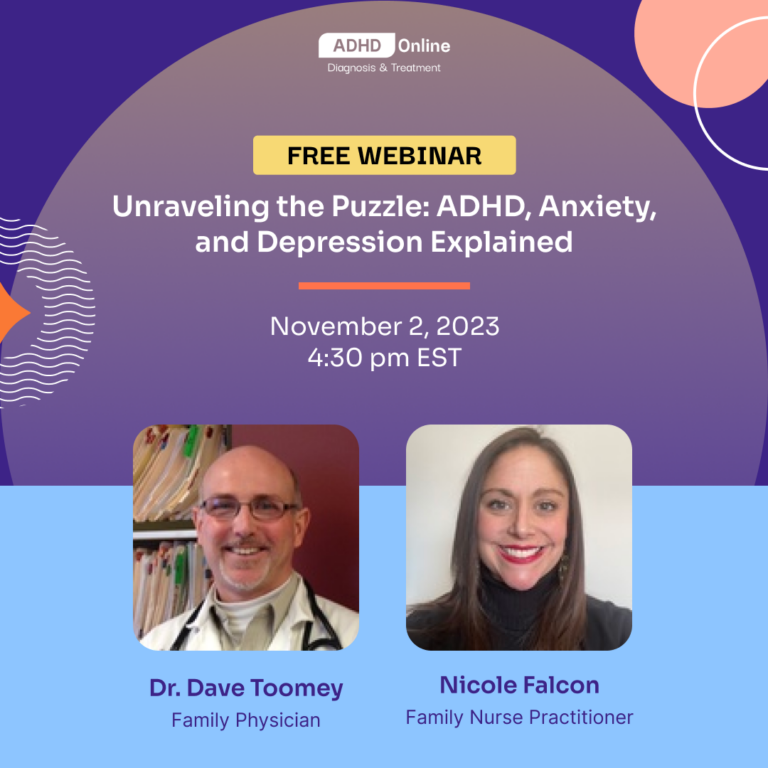By Mary Fetzer
Children with ADHD often struggle with staying organized and focused. That means they can face unique challenges when trying to keep their rooms clean. Recognizing this is an essential first step in finding effective solutions.
We asked mental health professionals and organizing experts how to help children with ADHD create and maintain an organized and tidy space. Here are their tips:
• Talk About It
Before attacking the mess, it’s a good idea to talk with your child about it.
“Start with clear expectations for the space,” says Nathaly Vieira, founder of the Ontario, Canada-based home cleaning and organizing service agency InspireClean. “Establish what should and shouldn’t be kept in the room and how often it should be cleaned.”
Joe Gardzina, licensed counselor and founder of Texas-based ADAPT mental health disorder and substance abuse programs, says it begins with asking your child to guide what they think the room should look like. For example, would they like fewer decorations or more minimalistic furniture?
“Meeting your child’s vision makes the space less overwhelming to manage, which helps the child overcome the anxiety of cleaning the room,” Gardzina says.
• Break It Down
“Cleaning an entire room can be overwhelming for any child, particularly if that child has ADHD,” says psychologist Easton Gaines, founder of MindCare Psychology in New York City. “Teach your child to break down the cleaning process into smaller, manageable tasks. This will empower the child and give them a sense of accomplishment as they complete each task.”
Gaines recommends guiding a child through specific instructions. For example, she suggests telling the child: “’Let’s start by putting away the toys. Once that’s done, we’ll move on to making the bed.'”
Gardzina agrees that “going from zero to a hundred” with cleaning demands is unreasonable.
“Teach your child the simplest tasks and allow them the room to take breaks to recuperate their mental reserves,” he says. “This may look like only folding and shelving their clothes for starters and can gradually grow to include more tasks.”
• Create a Routine
“Many parents try to get kids to clean their room while the kids are engaged in an enjoyable activity, like playing a game or talking with friends. This is exactly the wrong time,” says psychologist Eran Magen, founder of the Parenting For Humans training course. “Nobody likes stopping an activity they enjoy, and kids with ADHD are often hyper-focused on their activities.”
Magen recommends attaching cleaning chores to a specific time, such as 6 p.m., or to a specific activity, such as right after dinner. He also encourages parents to provide reminders when the time is approaching — 30-minute notice, 10-minute notice, 5-minute notice and 1-minute notice, for example — so the child can prepare to transition to the task.
“Avoid making cleaning their room a spontaneous chore, which can add to the apprehension and loss of focus,” Gardzina agrees. “When children expect what is required of them well in advance, they can psychologically feel a lot more ready.”
Gaines encourages parents to involve children in creating these predictable and scheduled cleaning routines.
“Establishing a consistent routine can benefit children with ADHD,” she says. “It can make tidying up their room a predictable and manageable part of their day.”
• Keep It Simple
“Simplicity is key when it comes to organizing your child’s room,” Gaines says. “Clear containers, bins and shelves are your allies in creating an uncluttered space.”
According to Gaines, these tools make it easy to categorize toys, books and other belongings, making it easier for a child to understand and maintain the routine.
“With a simplified organization system, your child will feel more confident and capable of keeping their room tidy,” she says.
• Make It Visual
“Children with ADHD often benefit from visual cues and reminders,” Gaines says.
She encourages using labels, signs or picture charts to guide a child through the cleaning process. These aids can help kids understand where items live and provide gentle reminders about the steps involved with each cleaning task.
Life coach and mom of three Danelle Fortune says visual cues provide clarity and direction.
“For younger kids, I print pictures of toys, clothes and books and stick them to the bin or shelf where those items belong,” she says. “The kids can just look for the matching picture as if they’re playing a game.”
Fortune also likes taking pictures of what a tidied space should look like to give children a visual to keep in mind.
“This approach empowers your child to develop their organizational skills as they create a clutter-free environment where they can thrive,” Gaines says.
• Keep It Brief
“Sustaining focus can be challenging for children with ADHD,” Gaines says. “Breaking tasks into smaller time blocks will prevent overwhelm and boost their ability to maintain focus.”
Setting a timer for short bursts of focused cleaning can help your child stay engaged.
“Whether it’s 10 or 15 minutes, encourage your child to give their best effort within that timeframe,” Gaines says.
• Offer Rewards and Positive Reinforcement
“Motivation plays a crucial role in keeping kids with ADHD engaged,” Gaines says. “By offering rewards and positive reinforcement, parents can inspire their children to take charge of their cleaning responsibilities.”
This can be as simple as offering praise, extra playtime or other small incentives. Recognizing their efforts and achievements will encourage them to keep up the good work.
“When your child sticks to their cleaning routine, do not let the work go unmentioned,” Magen says. “It takes just a few seconds to praise your kid lavishly and enthusiastically with a ‘This looks great!’ or ‘Thank you for sticking to our plan!'”
• Provide Support and Work Together
“As a parent, your support is invaluable,” Gaines says. “Your presence is paramount in helping your child stay organized.”
She recommends that parents join the designated cleaning times to offer guidance, encouragement and a helping hand. This models important skills and shows the child that they’re not alone in this journey.
This parent-led approach provides guidance and support while ultimately keeping the child accountable for their own space.
• Make It Fun and Engaging
“Cleaning doesn’t have to be boring,” Gaines says. “Explore creative ways to make the chore more enjoyable for your child!”
Turn the task into a game, play upbeat music or have a cleaning competition between family members. Finding ways to make cleaning fun can increase motivation and engagement.
“Cleaning becomes a shared experience filled with laughter and a sense of togetherness,” Gaines says.
• Focus on Progress, Not Perfection
“Understand that maintaining a perfectly tidy room may be challenging for children with ADHD,” Gaines says. “Instead of focusing solely on perfection, emphasize progress and effort.”
Celebrating small achievements and improvements can boost a child’s confidence and self-esteem.




